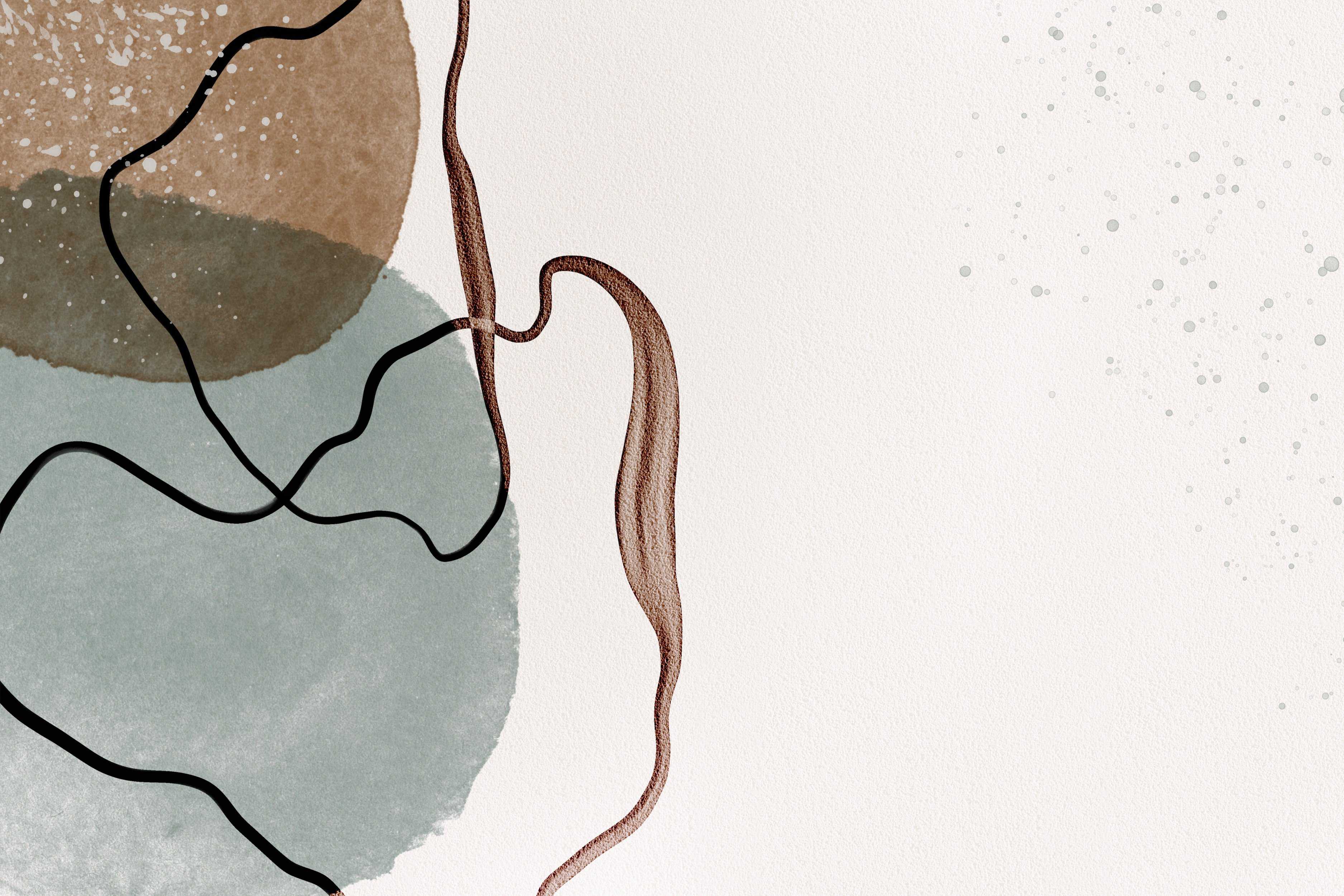Hope Metropolitan Concerts
Saturday 17th May 2025 (7:30pm)
Pierné – Á L’Eglise
Bonis – Ophélie
Fauré – Suite: Pelléas et Mélisande
Bizet – Symphony in C
French Connections
Saturday 17 May 2025 @ 7.30pm
Capstone Theatre, Liverpool Hope University, Creative Campus, L6 1HP
Hope Metropolitan Orchestra, Helen Thomas, Conductor
Pierné - Á l’Ėglise
Mélanie (Mel) Bonis: Ophélie
Fauré - Suite: Pelléas et Mélisande
Interval
Bizet: Symphony in C
Programme Notes
Tonight’s programme explores inter-connections between four composers working in the French Romantic tradition: Georges Bizet (1838-1875), Gabriel Fauré (1845-1924), Mel Bonis (1858-1937) and Gabriel Pierné (1864-1937). Bizet, Bonis and Pierné all studied at the Paris Conservatoire, Bonis and Pierné as contemporaries alongside Debussy, whilst Fauré was Director from 1905-1920.
All four composers struggled to make time to compose as they tried to fulfil various professional and domestic roles in life. Bizet found little compositional success in his lifetime and worked largely as an arranger and transcriber of theatre music supporting his wife and one son. Fauré worked as an organist and choirmaster before first being turned down, and then eventually appointed, as Director of the Paris Conservatoire. He mostly found time to compose during the summer holidays. He was married with two sons and supported the pianist Maguerite Hasslemans with whom he had a relationship from 1900 until his death. Mélanie Bonis adopted the pseudonym Mel Bonis to avoid gender bias as she developed a promising early career. This was cut short by an enforced marriage at the age of 25 to Albert Domange, a wealthy businessman twice her age. She ran the domestic arrangements of their three homes, had three children with him, cared for her five stepchildren and secretly gave birth to a fourth child following an affair with her student paramour, singer Amédée Landély Hettich who encouraged her to compose again. Pierné was best known in his lifetime as a conductor and organist and, like Fauré, tended to compose during summer breaks. He conducted the world première of Stravinsky’s The Firebird in 1910 and, between 1928 and 1934, he recorded works by Bizet (although not the Symphony in C), Ravel and Debussy with the Orchestre des Concerts Colonne with whom he was Principal Conductor. He was married with three children.
Pierné: Á l’Ėglise (arr. Hans P. Keuning, ed. H. Thomas)
This short work is number eight of fifteen solo piano works written in 1883 and is dedicated to the pianist Caroline Montigny-Rémaury, a pupil of Franz Liszt. The work is a straightforward ‘choral’ beginning with a unison theme in the strings which is then harmonized in a largely Baroque style and treated to a set of variations making great use of dynamic contrast. [HT]
Bonis: Ophélie
Ophelia, the lover of Shakespeare’s Hamlet, is a profoundly melancholy character who falls into madness after Hamlet’s departure and drowns under mysterious circumstances in a river. This impressionistic piece, with shimmering harmonies, delicate and icy beauty and moments of passion, is an intense hymn to life, love and death. [Christine Géliot]
Fauré: Suite Pelléas et Mélisande
Prélude – La Fileuse – Sicilienne – La Mort de Mélisande In 1898 Fauré was commission at short notice to write the incidental music for the first London production of Pelléas et Mélisande, a play by the French symbolist Maurice Maeterlinck that also inspired music by Debussy, Schoenberg, Sibelius and Mel Bonis. The ‘Prélude’ sets the forest scene where the tale of forbidden love takes place. ‘La Fileuse’ is a musical depiction of Mélisande at the spinning wheel with the movement of the treadle represented by the oscillating string accompaniment. The beautiful ‘Sicilienne’ is one of the most popular of Fauré’s works although it was originally composed as incidental music to a Molière play and reused here by Fauré in the interests of time. The final movement is a lament for the doomed lovers and was played at Fauré’s funeral. [HT]
Bizet: Symphony in C
I: Allegro vivo
II: Andante – Adagio
III: Allegro vivace
IV: Finale. Allegro vivace
Bizet wrote this symphony at the age of 17 whilst still a student at the Paris Conservatoire and it bears close formal, melodic, harmonic and orchestral similarities to an early Symphony in D by his composition tutor, Charles Gounod. The first movement begins with a loud chord of C major and then sets off with a romping, arpeggiated figure followed by a contrasting second subject in a singing style. The two themes are developed and then recapitulated. The second movement features a beautiful oboe melody that Bizet later reused in his opera Les pêcheurs de perles after which he demonstrates his knowledge of counterpoint with a fugal development. In the third movement, a Minuet and Trio, Bizet explores a more rustic style reminiscent of Haydn and the theme from the trio also reappears in his incidental music to L’Arlésienne. The final movement involves a lot of rapid ‘chattering’ amongst all the players. Despite Bizet’s obvious fondness for this piece of juvenilia the work remained un-played and unpublished until sixty years after his death. Following the world premiere in 1935 this elegant, classically infused piece has gained a regular place in the orchestral repertoire. [HT]
Helen Thomas - April 2025

